The Museo del Carmen Alto is dedicated to the life and work of Mariana de Jesus. She is best known today as Quito’s Patron Saint.
About Mariana de Jesus
Mariana was born in Quito on October 31, 1618 to Jerónimo de Paredes Flores y Granobles, a Spanish nobleman of Toledo and Mariana Jaramillo, a descendant of one of the conquistadors. It is said that she showed signs of extreme faith from a very young age
At seven years old, she was orphaned and then raised by her elder sister and brother-in-law, Cosme de Caso. At age 10, she made a vow of poverty, chastity, and obedience. While she wanted to become a nun, she believed God had other plans. She became a recluse, dedicating her life to prayer and penitence.
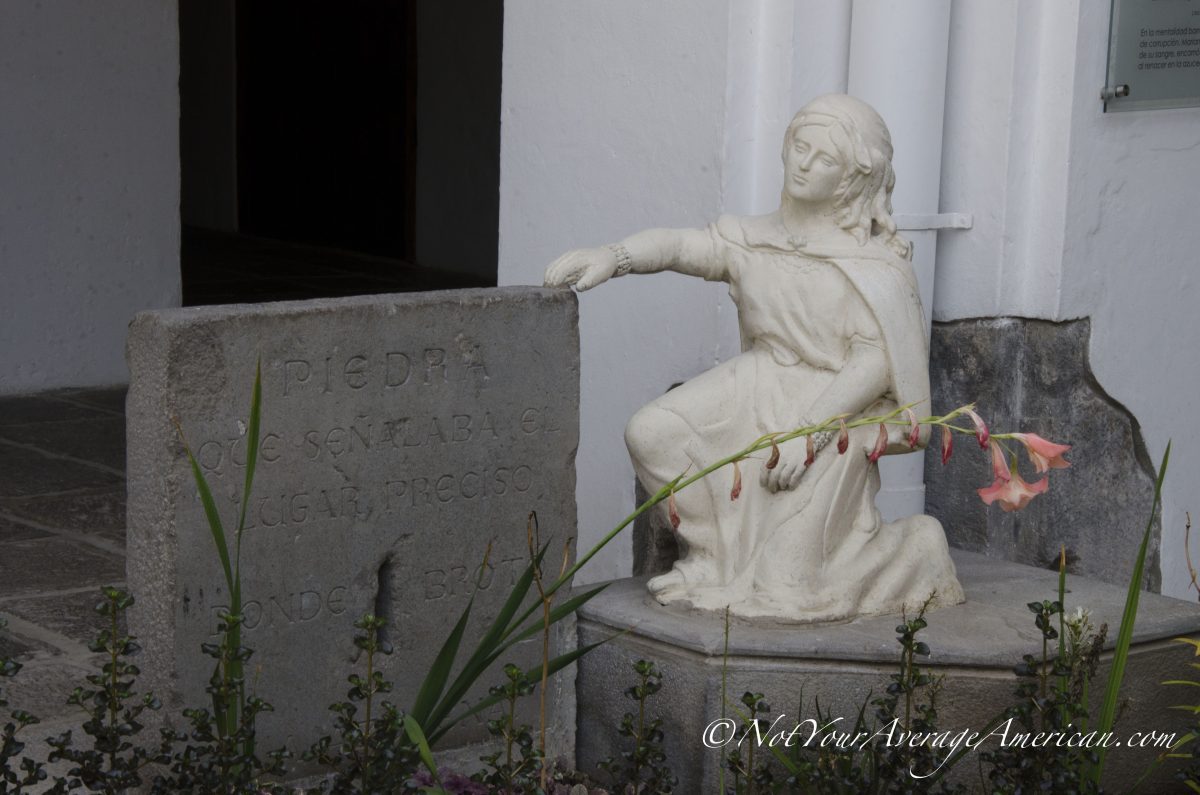
Mariana’s Miracles
When Mariana was a young woman in her twenties, she spent part of her days at a nearby Jesuit Church where she became part of the Sodality of our Lady, an organization to help laypeople deepen their spiritual lives. Her spiritual advisor suggested she also join the Third Order of St. Francis as it would allow her to have official status as a penitent without becoming a nun. It was around this time that she changed her name from Mariana de Paredes to Mariana de Jesus.
In most of the online, English biographies of Mariana de Jesus, the authors fail to mention the reason why Quiteños rever her so much. In those biographies, her sainthood is credited to miracles that residents of Quito rarely mention, her miraculous ability to survive on very little food and that she once restored a dead person to life.
However, if you ask a Quiteño why Mariana de Jesus is a saint, they will tell you it is because she saved the city of Quito from a deadly earthquake. In fact, many people to this day revere her for preventing deadly earthquakes in Ecuador’s capital city.
The legend says the city was experiencing a series of earthquakes, each seemingly worse than the last. Mariana de Jesus made a bargain with God, her life for the safety of the city. Shortly after her request to God, she passed away in an epidemic that swept the region. The residents of Quito saw this as a sign of her most important miracle of all.
She died at the young age of 27 on May 26, 1645.
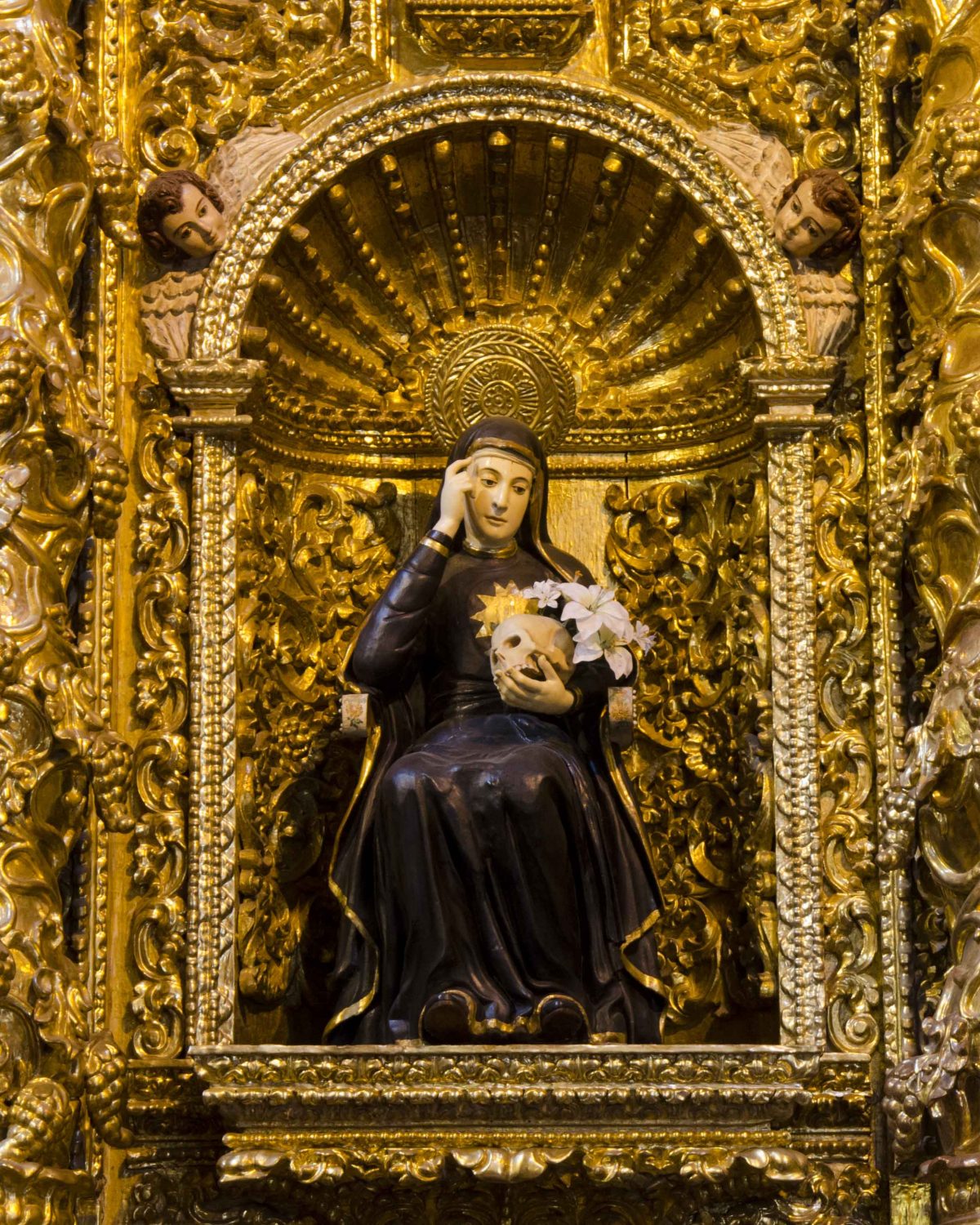
The Azucena de Quito
Immediately after her death, her blood produced a pure white lily or azucena. If anyone had not believed in her holiness up to this point, this final miracle made believers of them.
Today, Quiteños still pray to her image, calling on the Azucena de Quito for continued protection. This is also why images of Mariana de Jesus are often accompanied by a spray of white lilies.
Sainthood for Mariana de Jesus
For her miracles, the Catholic Church conducted her beatification in 1853. Subsequently, in 1950, she officially became a saint, the first for Ecuador.
The National Assembly of Ecuador declared her a Heroína de la Patria in 1945.
Although little-known outside of Ecuador, Mariana de Jesus is larger than life to the Ecuadorians who praise her name.
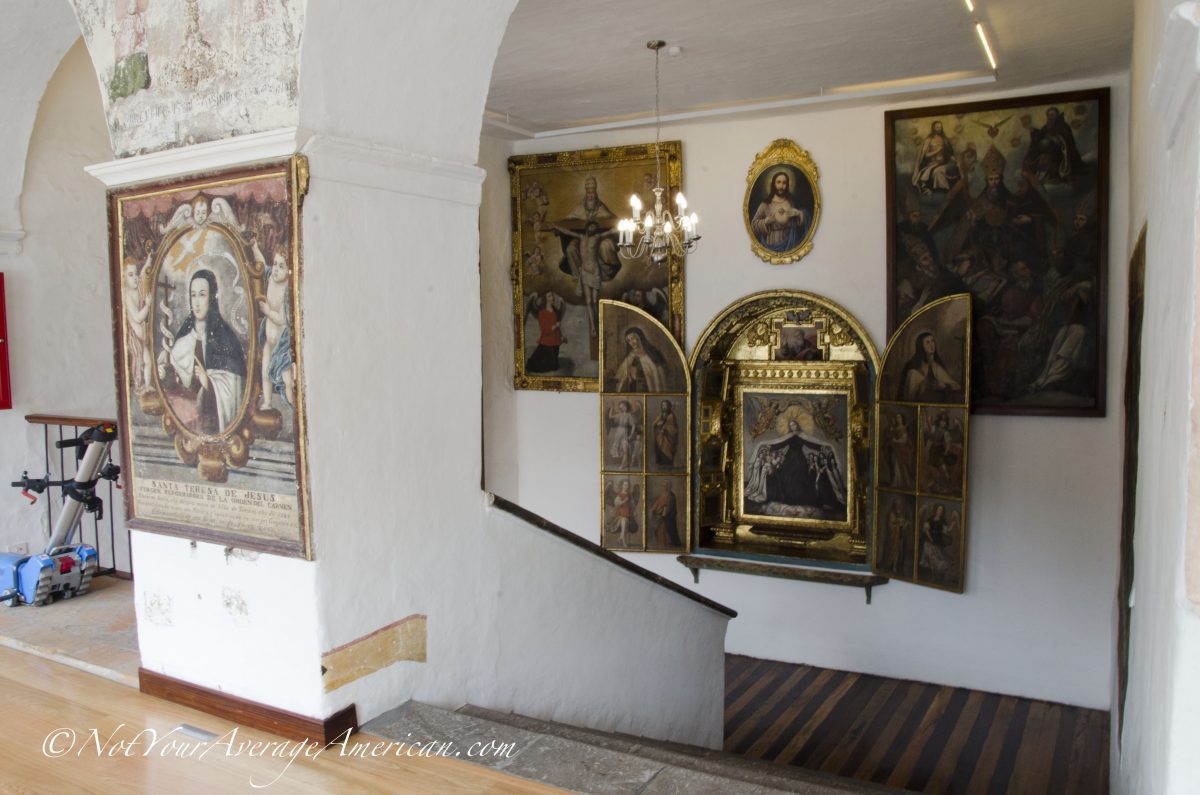
Museo del Carmen Alto Was The Home of Mariana de Jesus
With her death, her home passed into the hands of the Carmelite Nuns who preserved her belongings as a way to honor her devotion. The sisters eventually built the Iglesia Carmen Alto next to the home. In time, they created a museum to share her story.
Many of the rooms in the modern museum remain as if Mariana de Jesus still lived there. The tour includes her old bedroom which became the choir chambers for the church.
Among the exhibits are items she wore for penitence: necklaces of delicate metal spikes and vests embedded with thorns that would bite into her skin.
Many portraits painted in her likeness hang on the walls. The museum also includes other works of religious art that are part of the convent’s collection. Highlights include the murals, faded but still recognizable, along the walls of the second-story walkway that look out over the main inner courtyard. The condition of the murals is remarkable considering they remained open to the elements for decades. Today, the walkway is better protected by the addition of clear glass windows in the archways.
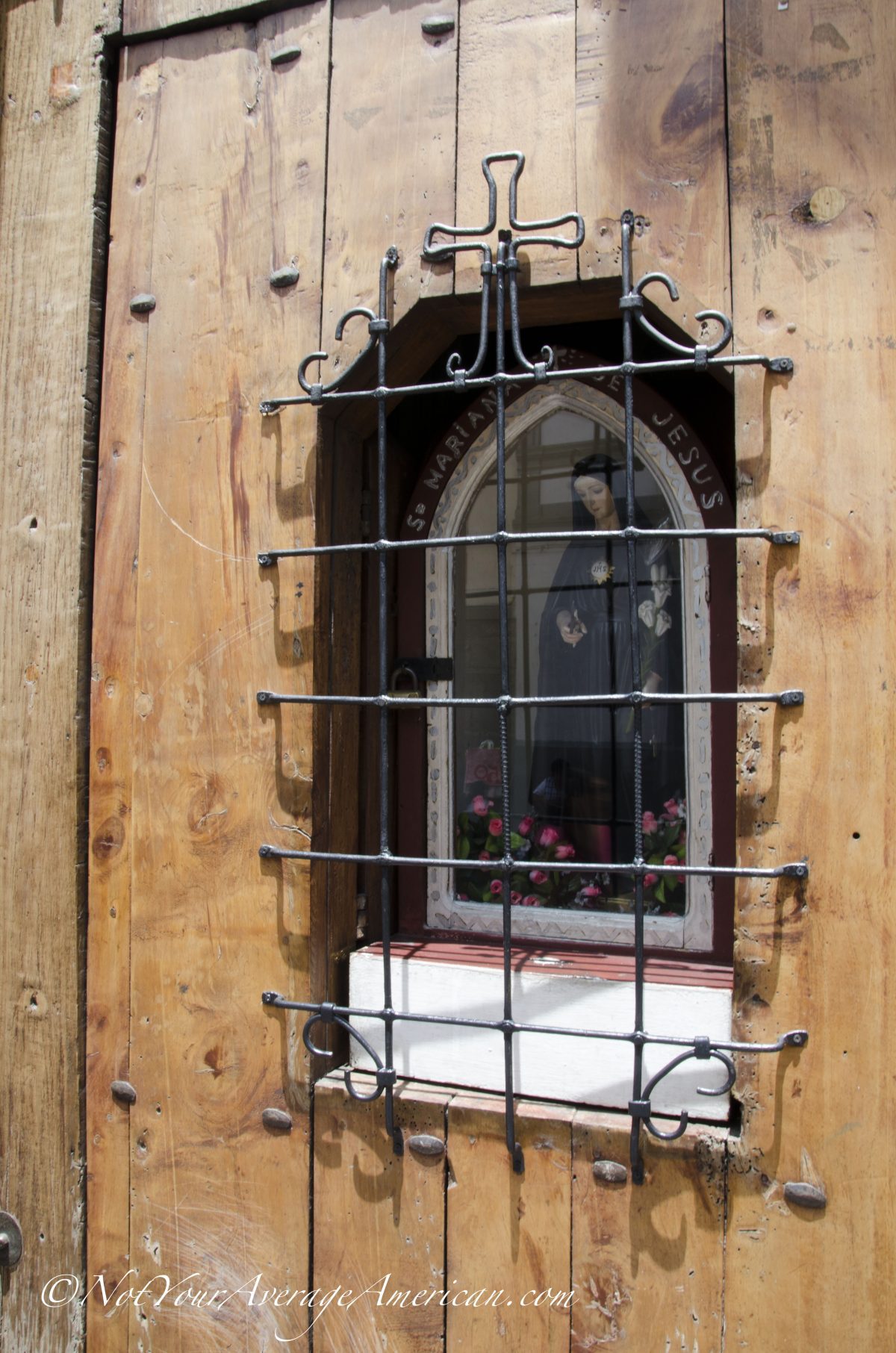
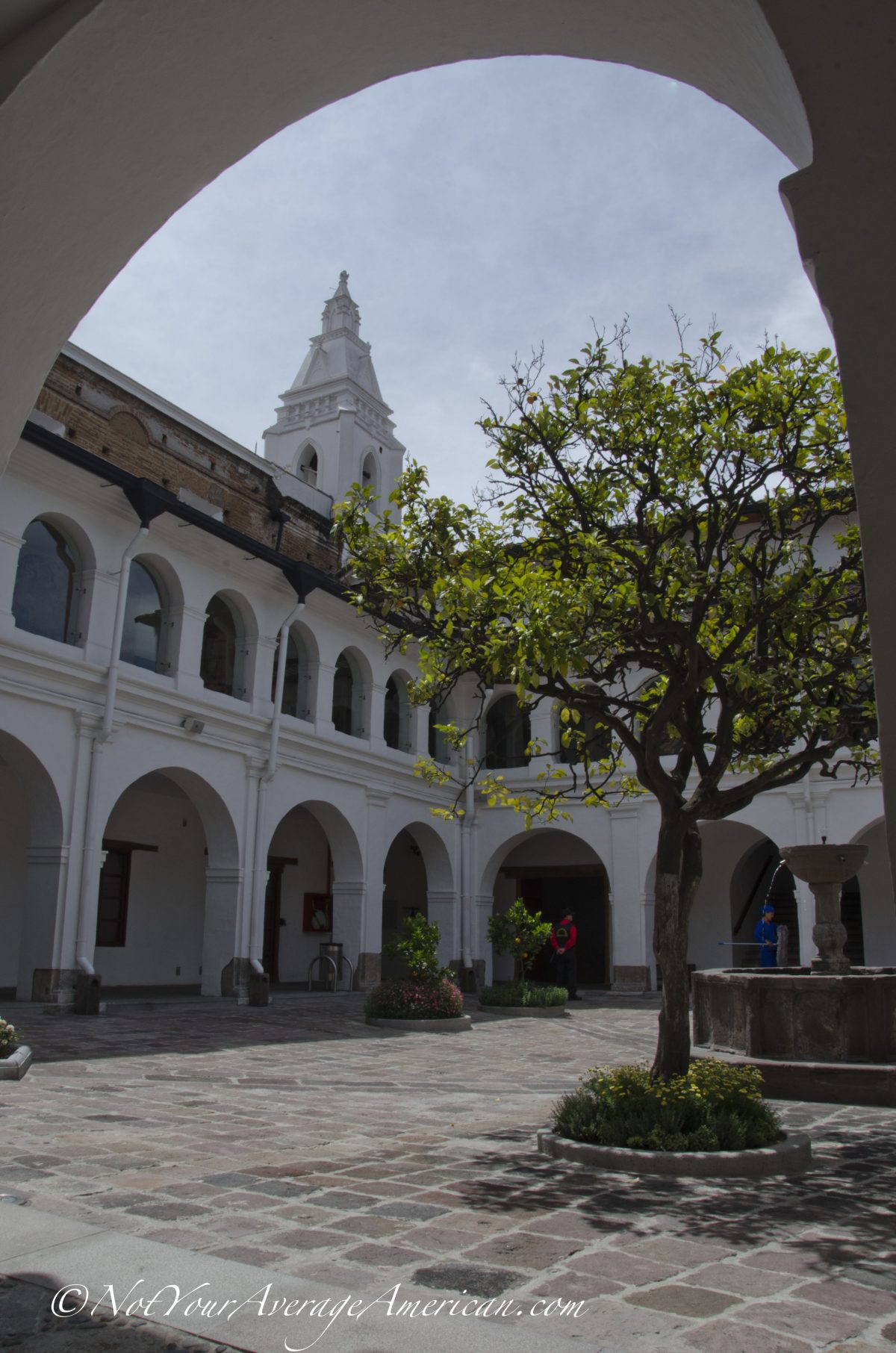
Unfortunately, the museum does not allow pictures of the interior. For that reason, this article includes two photos of statues of Mariana de Jesus from the nearby Compañia de Jesus.
Visiting the Museum
The museum is located just near the Queen’s Arch (Arco de la Reina) on the original Calle de las Siete Cruces. Nowadays, locals would direct you to the corner of García Moreno and Vicente Rocafuerte.
If you can find the Museo de la Ciudad, it’s immediately across the street! For up-to-date entrance information, check out Quito’s museum website.

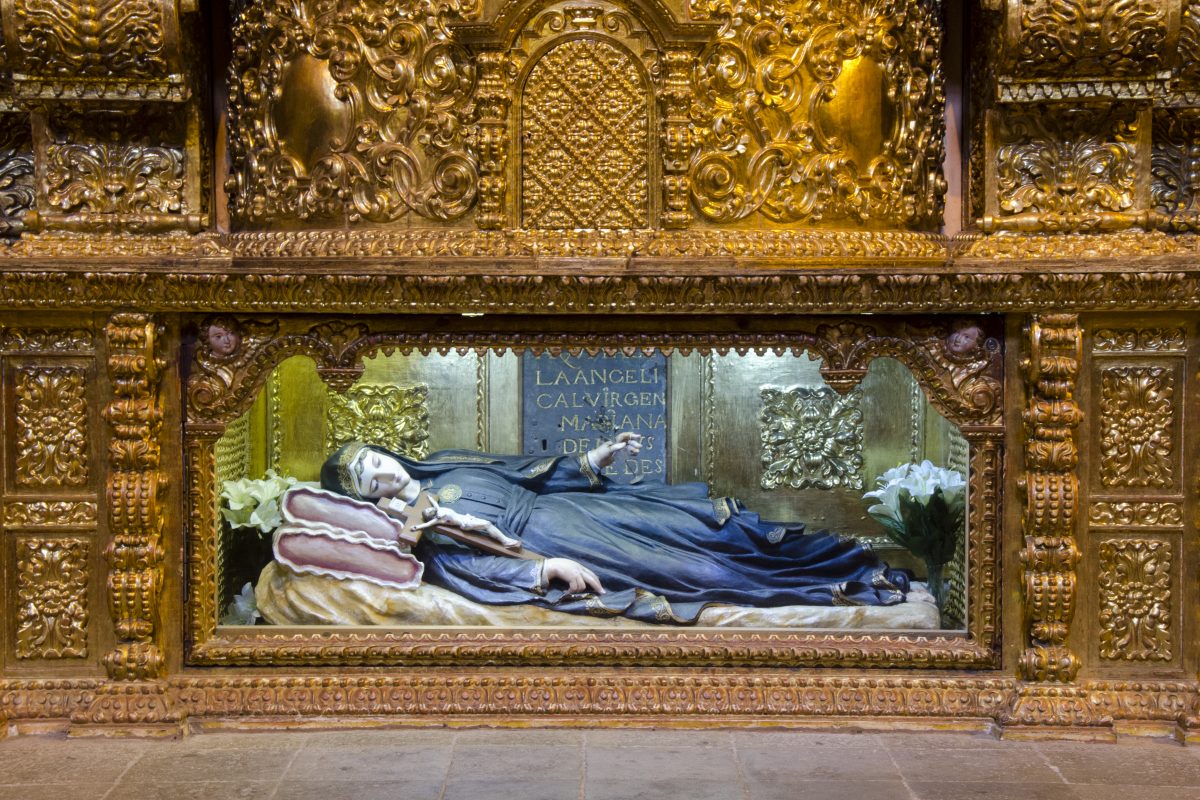









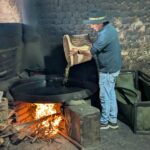


Angie, I just heard about this old timer who used to pan for gold and hunt emeralds in Ecuador. He’s quite the adventurer! http://www.leeelders.com
Looks like quite the story. Will you read his book? If so let me know if I should pick it up.